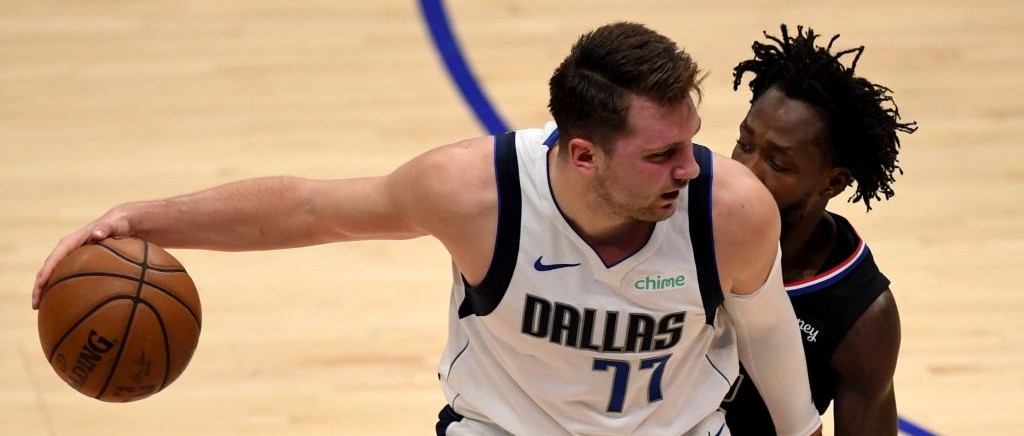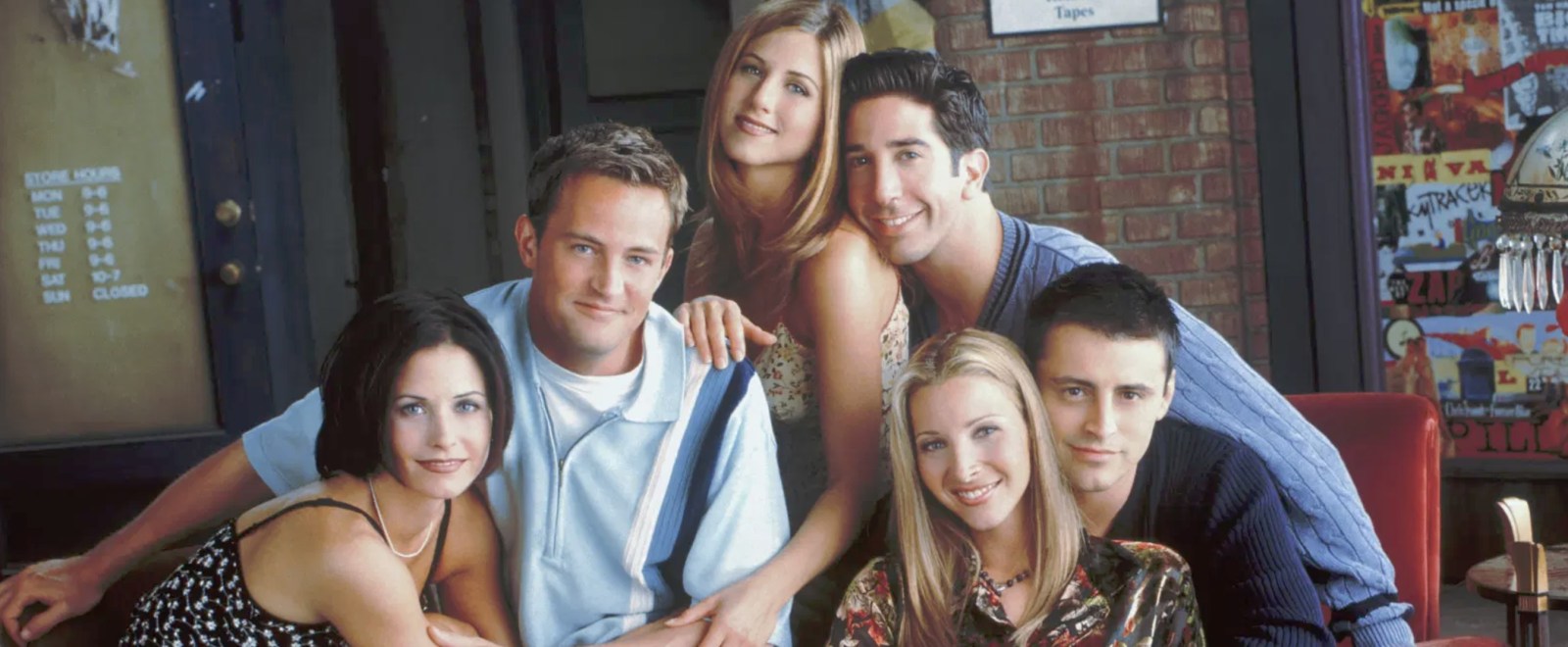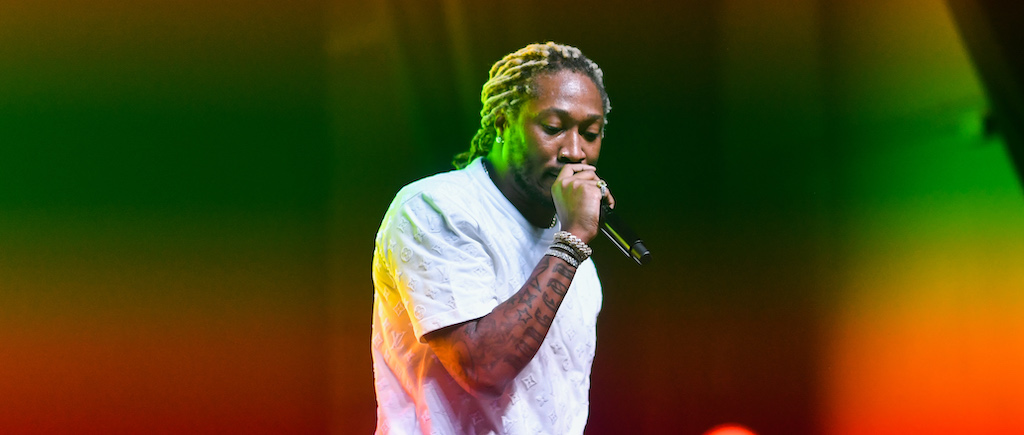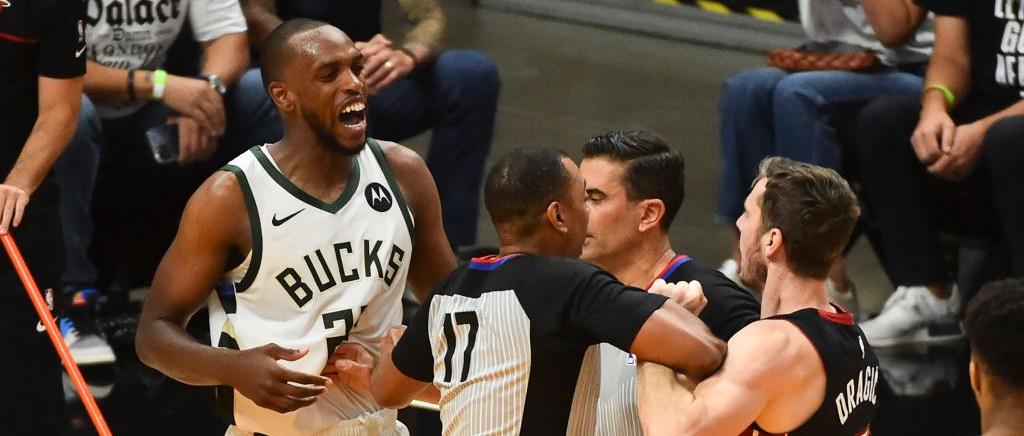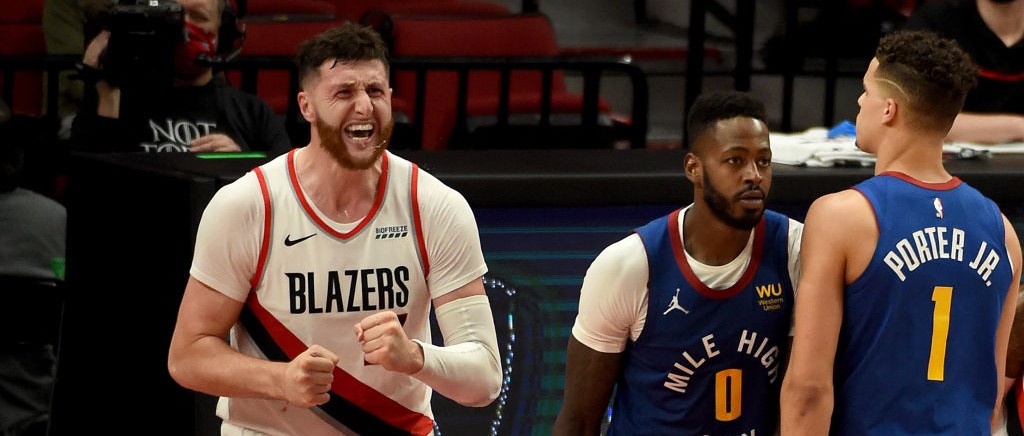
The NBA Playoffs is often described as a marathon, not a sprint, but in the current era of social media many struggle not to overreact wildly from game-to-game during seven game series. It can be hard to take the long view and not resort to hyperbole based off of one result, and as such some analysts and talking heads can’t help but have their takes swing violently from night to night when discussing the same series.
Among those who feels it is his duty to fire off a take about every game and offer a proclamation about what it means going forward is ESPN’s Kendrick Perkins, who fired off this thought after the Blazers dropped Game 3 to the Nuggets as Nikola Jokic went off once again.
Mike Malone flat out coached Terry Stotts!!! Nurkic and Kanter are the worse defensive bigs in the NBA! Btw shoutout to Austin Rivers tonight for proving all the haters wrong…I just remember them saying he was in the NBA because of his Pops. Carry the hell on…
— Kendrick Perkins (@KendrickPerkins) May 28, 2021
Calling out Kanter’s defense isn’t necessarily breaking news, but lumping Jusuf Nurkic in with Kanter, when by every possible metric the Blazers have been buoyed by Nurkic’s presence in the second half of the season on that end, was a significant misstep. On Saturday afternoon, Nurkic dominated in a Portland win to even the series at 2-2, and afterwards he responded to Perkins by saying it was a “weak” thing to say and noting that in the modern NBA, Perkins would be little more than a mascot.
“In this league today, he would be a mascot. I don’t know why he claimed that. I like him as a person too. People don’t understand the roles…but to say that stuff, that was weak”
Jusuf Nurkic responds to @KendrickPerkins comments#RipCity | @bosnianbeast27 https://t.co/LdFFB2NsZ8 pic.twitter.com/RMZuTXCzb7
— Orlando Sanchez (@orlandokgw) May 29, 2021
Perkins, unsurprisingly, had a response ready, highlighting his own defensive prowess in his prime in Boston.
https://twitter.com/KendrickPerkins/status/1398781633868845056
The way Perk’s career came to a close has certainly clouded the memory of how solid he was for those Celtics teams of the late aughts, and he did have some tremendous defensive performances. That said, Nurkic’s point about the modern NBA is salient as how often bigs are tasked with guarding in space would’ve likely made Perkins less effective. The real lesson in all of this is to remember that in seven-game series, especially one that has gone back-and-forth with each team getting wins, is to fight the urge to make wild declarations, even if your job is to be a takesmith as Perkins is at ESPN.

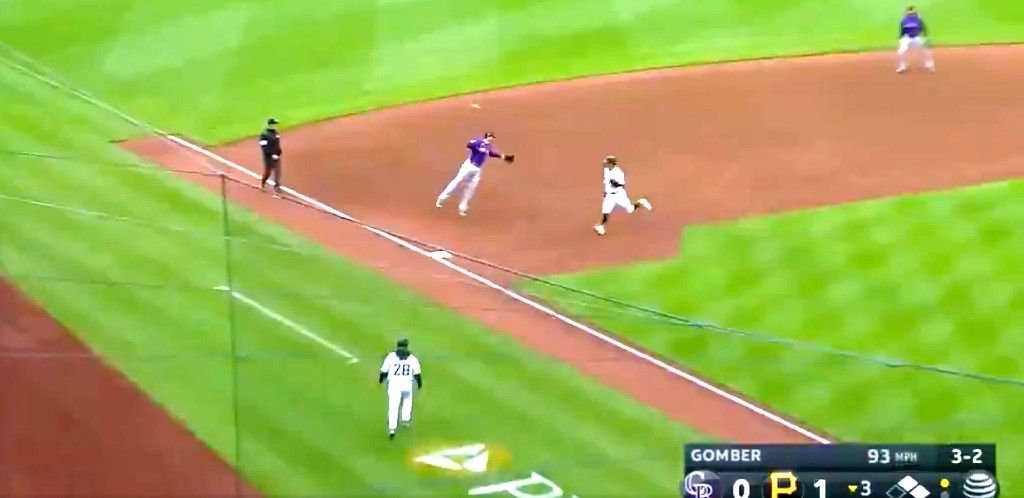
 • A completely unnecessary throw, on ball four
• A completely unnecessary throw, on ball four 
 (@finalfrantasy)
(@finalfrantasy)  (@PPDPPL_art)
(@PPDPPL_art) 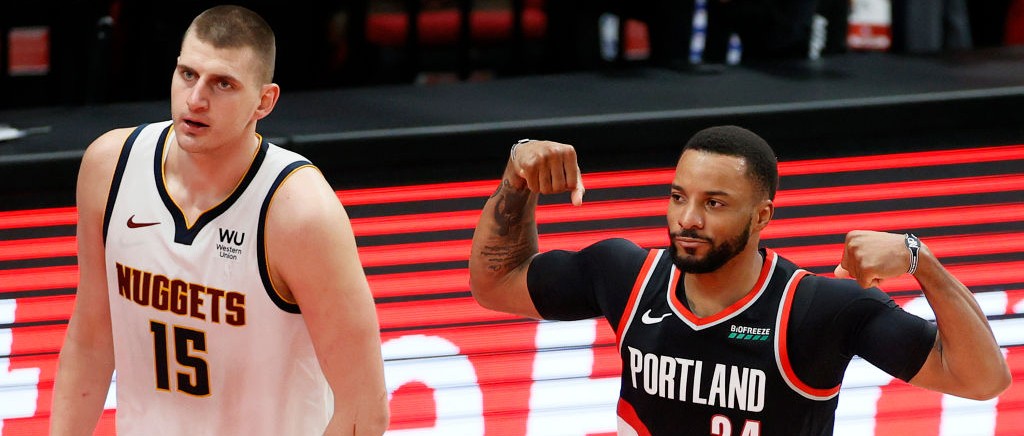
 R M A N
R M A N 


